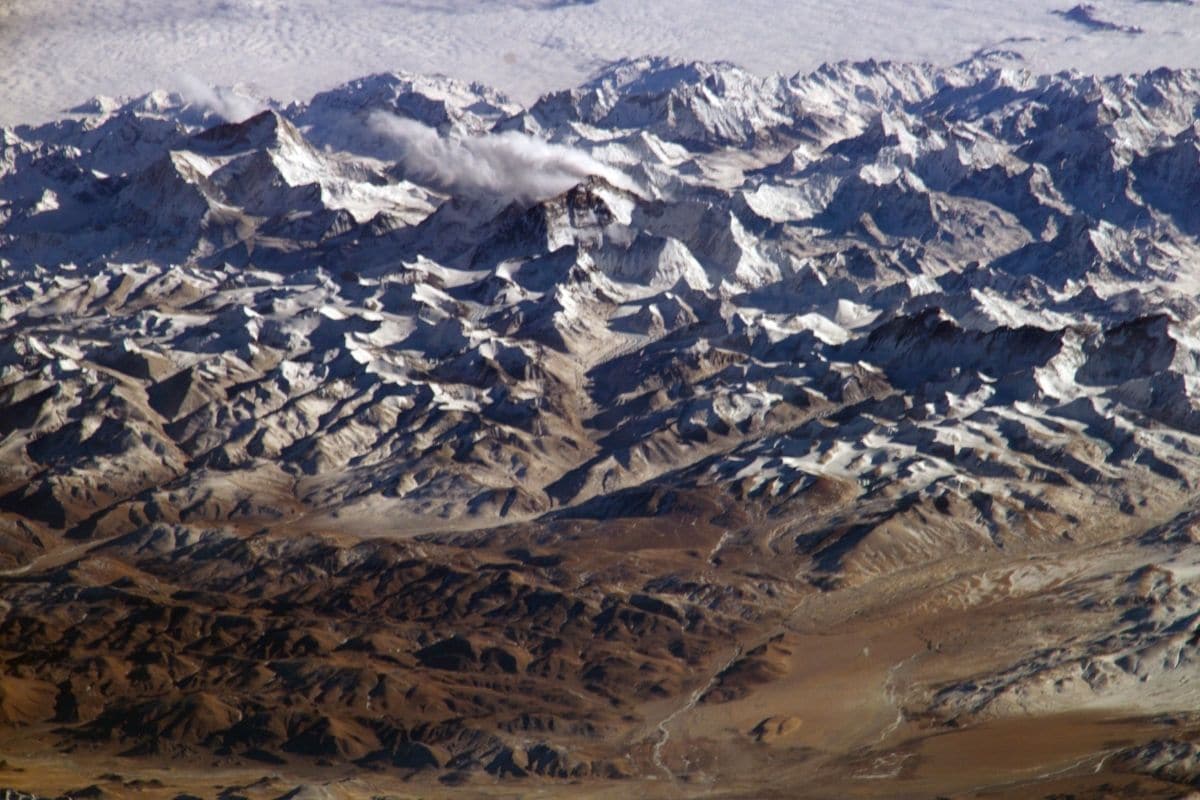
The glacier has been thinning rapidly, especially since the 1990s, according to several record-breaking measurements.
It is now clear that climate change has a huge impact on the ice masses that the Earth is rich in. Ice sheets in Antarctica and Greenland are melting and sea ice in the Arctic is disappearing at lightning speed. In addition, numerous glaciers in mountain areas, such as the Alps, for example, are known to be having a hard time. But what we don’t really know is how the highest glaciers on Earth are faring. To gain more clarity about this, researchers traveled to Mount Everest in 2019 to examine the South Col glacier there. And their shocking findings can now be read in the magazine Nature Portfolio Journal Climate and Atmospheric Science.
chain reaction
The research indicates that global warming is actually starting a chain reaction on South Col Glacier. First of all, rising temperatures lead to more sublimation (direct evaporation of ice or snow). This ensures that the snow layer that rests on the glacial ice disappears. This exposes the underlying ice. That ice is a lot darker than the snow and absorbs more heat, which also makes it melt faster.
melt
The researcher estimates that now the snow cover is gone, the glacier is currently losing about 2 meters of water every year. In the past 25 years, the glacier is even said to have thinned by about 55 meters. This makes the ice disappear 80 times faster than it formed; The melted ice is believed to have formed over a period of about 2000 years.
The researchers base their conclusions, among other things, on data from two weather stations that they installed at an altitude of 8430 and 7945 meters. In addition, they analyzed a 10-meter-long ice core obtained at a record-breaking height of 8,020 meters. The data reveals how important the snow cover on these high-altitude glaciers is and how vulnerable the glaciers become if they are lost due to sublimation, melting, or changing weather conditions driven by climate change, such as a drop in humidity or stronger winds.
Effects
The effects of the thinning of the South Col Glacier may soon be felt, given the rate at which the glacier is losing ice. For example, mountaineers attempting to conquer Mount Everest through the melting of ice will increasingly be confronted with exposed rocks that are a lot more difficult to climb than rocks covered with snow and ice. The avalanche danger is also increasing.
Previous research has already shown that the glaciers in the Himalayas are melting very quickly. And a significant portion of the glacial ice in the mountain region could have completely disappeared by the end of this century. What the new research now shows is that warming not only affects the lower glaciers, but also the high glaciers. “Even the roof of the Earth is affected by anthropogenic warming,” the scientists conclude.
Source material:
“Human-induced climate change impacts the highest reaches of the planet — Mount Everest” – University of Maine
Image at the top of this article: NASA